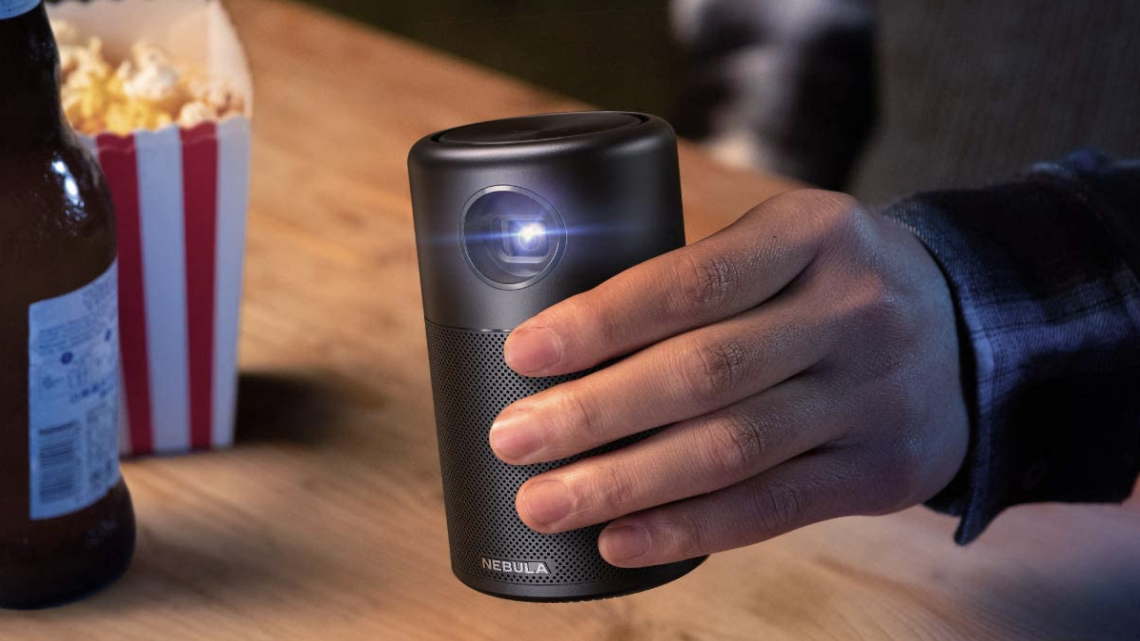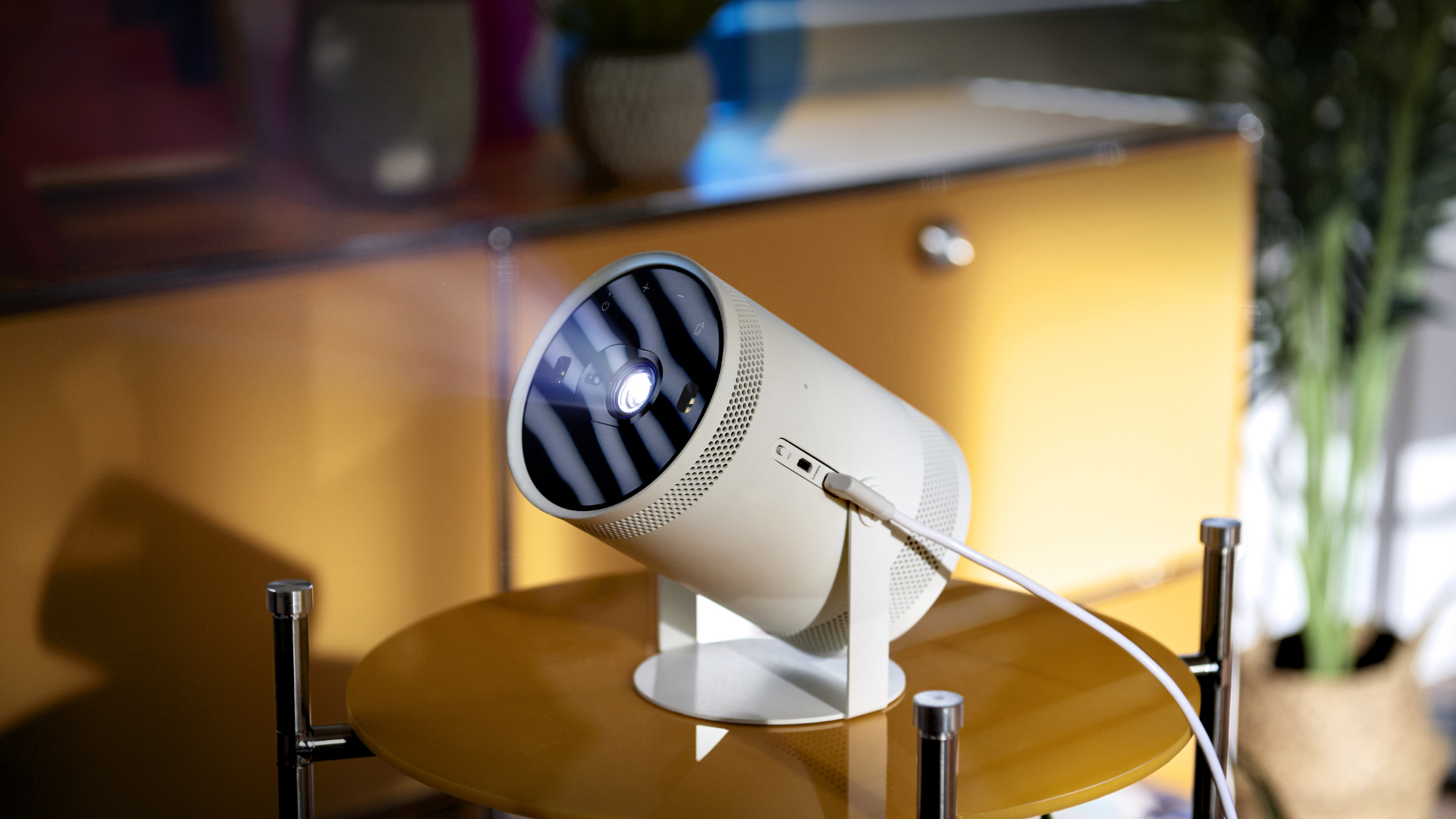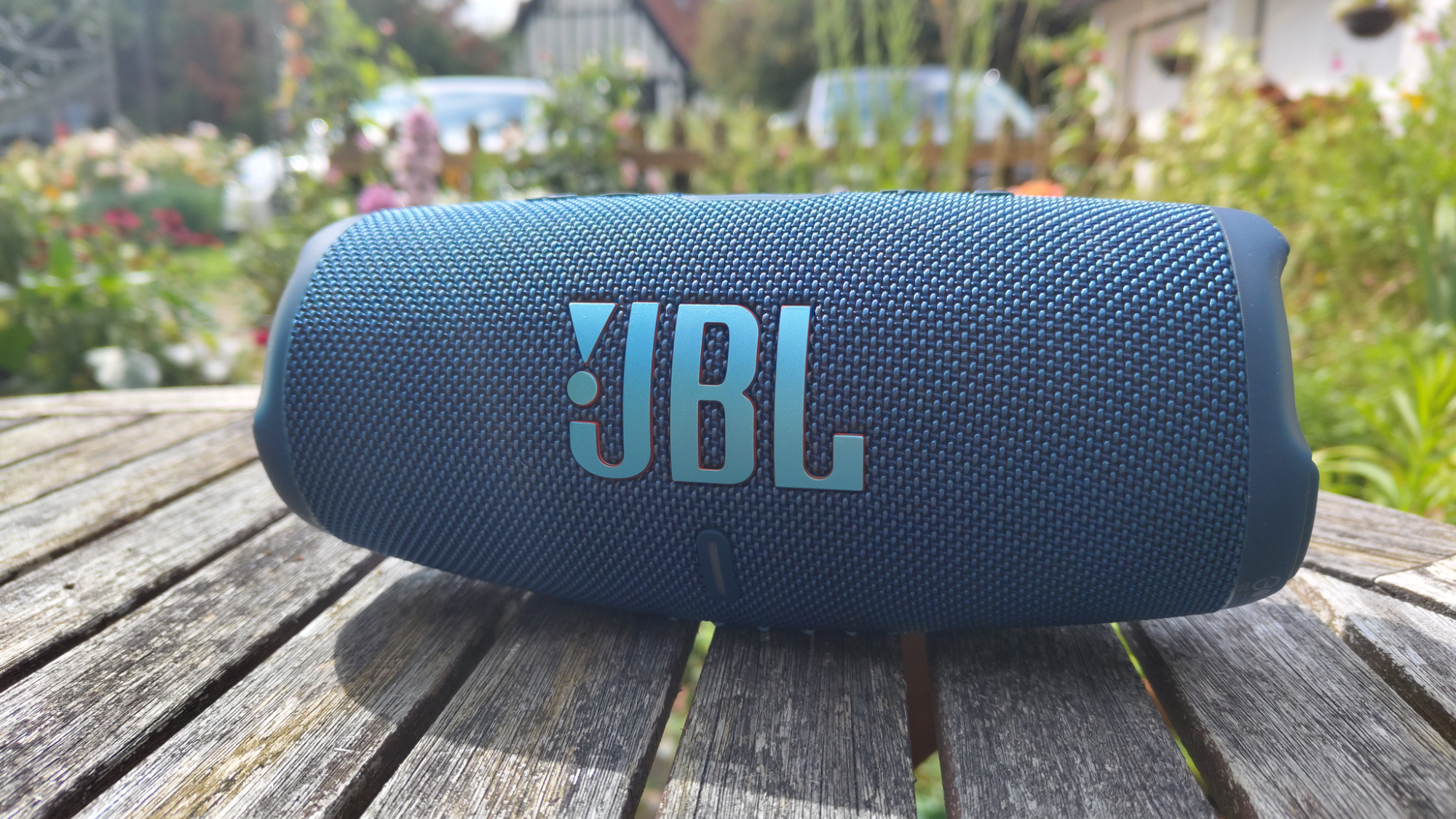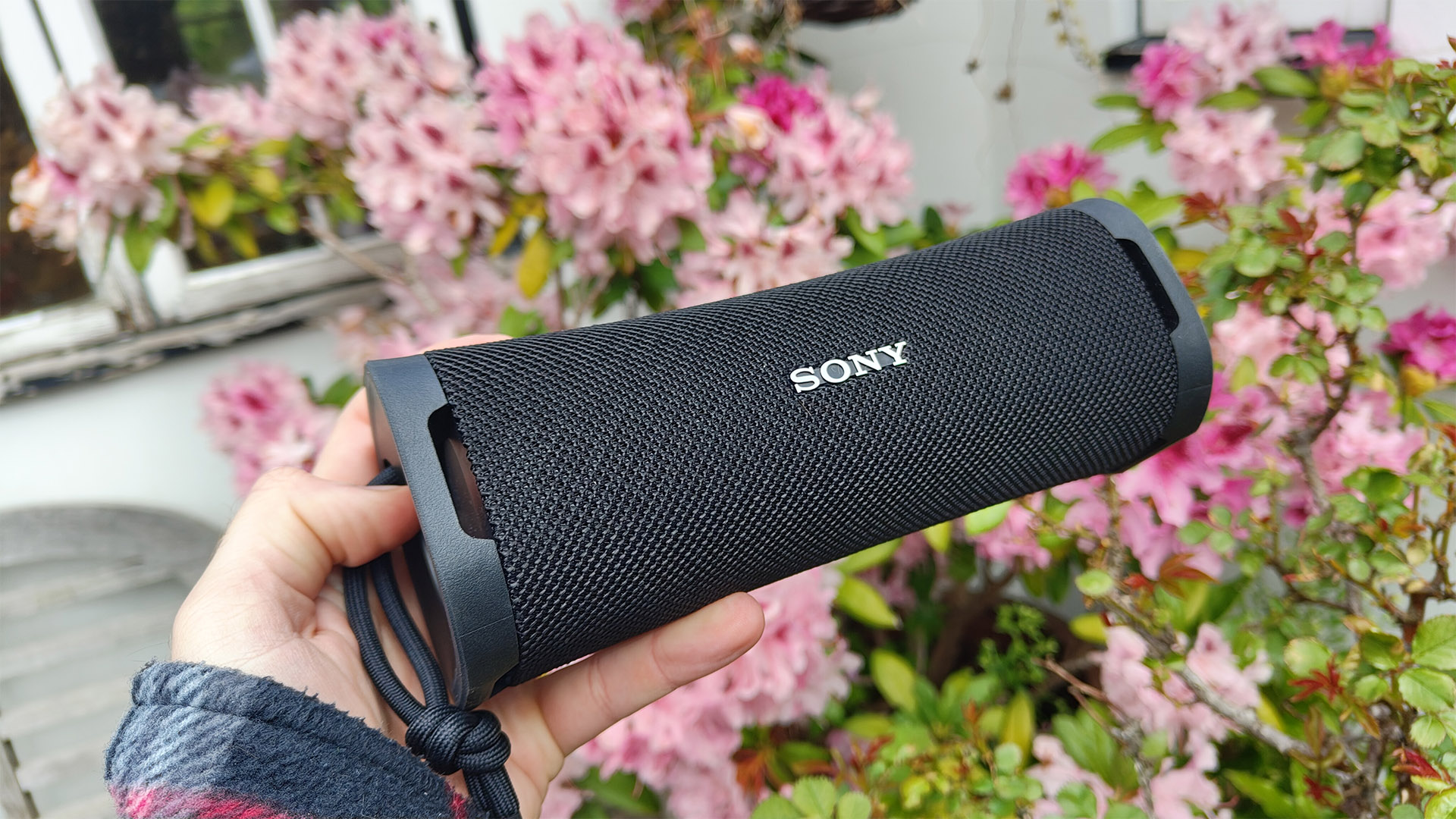5 tips to make the most out of your outdoor projector set-up
Turn your garden into the perfect al fresco cinema

We love an outdoor cinema set-up as much as the next person, but being the picture and sound aficionados that we are, we can't help but wince at the idea of merely sticking a portable projector on a table angled at a bedsheet hung up on the washing line and calling it a day.
The truth is, you can experience all of the magic of sitting under the stars while watching your favourite blockbuster, without sacrificing image and audio quality; especially if you follow these simple tips...
1. Invest in a high gain screen
It might be tempting to just project straight onto a wall or to use a bedsheet as a makeshift screen, but take it from us, a screen is certainly more than just a piece of fabric. While both the options we've just mentioned will work fine in a pinch, if you really want to get the best picture while trying to combat bright outdoor light, then a high-gain screen is your best friend.
Screen gain refers to the reflectivity of said screen, with the industry standard sitting at 1.0. The higher the screen gain, the more reflective it is, and therefore, the more visible it will be in brightly lit environments. We've found portable projector screens that claim to have to be 1.2 gain will therefore be 20 per cent more reflective than the standard.
If you plan to commence the movie watching before the sun sets, then a high-gain screen is a must. We've found a 100-inch screen rated at 1.2 gain, with an included collapsible tripod stand (very handy) made by the brand excelimage on Amazon. While we can't vouch for the performance of the screen as we have not personally tested it, it will almost certainly be a big improvement on that creased bed sheet.
2. Consider projector positioning

Anyone who has set up a projector can tell you that it takes plenty of time and patience in order to get a straight, clear and crisp image, and that's no different when taking the cinema out of the home and into the garden. You'll need to find the optimal position for your projector that's not too close or too far away from your screen.
Thankfully, most outdoor and portable projectors have fairly extensive picture calibration options built in, many of which are also automatic. This means that the projector will handle most of the keystone, focus and shifting settings itself to ensure your picture isn't askew. It may help to invest in a collapsible projector stand or tripod – however, that depends on which projector you have and your space.
The latest hi-fi, home cinema and tech news, reviews, buying advice and deals, direct to your inbox.
3. Does your projector have built in streaming?
Most outdoor projectors have built-in streaming platforms these days, usually courtesy of Android OS or, in the case of Samsung and LG's projectors, native Tizen and web OS functionality respectively. However, not all projectors are so lucky, so you'll need to think about how you'll get your movies and/or TV shows onto your projector.
Our advice? Factor in the price of a streaming stick when building your outdoor set-up. Think Chromecast with Google TV or Amazon Fire TV Stick 4K Max, as they're small and easy to plug and play, as well as having wide app compatability for all the streaming services you'll need. This is more a point if you're not using a portable projector, and instead are perhaps using a slightly more compact home cinema projector, such as the BenQ W1800 or Epson EH-TW7100.
If you do happen to be using one of those, then you're also going to need power, which brings us to our next point...
4. Power banks and extension cables are a must
Obviously, this depends on what type of projector you're using, but it's worth considering all the same; you're going to need power. Practically all portable projectors have built-in rechargeable batteries, but you'll be lucky if you make it through a full film on just one charge.
Many claim to have roughly two hours of battery life, which just isn't enough, and if you're planning on watching one of the many three-hour-plus movies such as Avatar 2: The Way of Water or Avengers Endgame, then forget it – you're going to need a battery pack. A simple USB power bank should do the trick, the same type you'd usually use to recharge your phone or tablet on the go, as they should just extend your projector's battery life long enough so that you can enjoy your film in its entirety.
But what if you're using a traditional projector? Simple; just use a long extension cable. This might seem obvious, but remember you'll also need a plug socket for your streamer, as most cannot draw enough power from the USB socket on your projector.
5. Don't forget about audio

Built-in projector speakers are rarely good enough to watch a whole movie on, which is why we recommend factoring in the price of a speaker when you're building your garden cinema set-up. To keep things portable and cheap, we think a Bluetooth speaker should do the trick. Of course, this won't deliver Earth-shattering, immersive Dolby Atmos audio by any stretch of the imagination, but it should add some much-needed clarity, bass and dynamism to your movie sound.
Something such as the JBL Charge 5 should do the job, and we'd also recommend this speaker on the merit that it has a built-in battery bank, which addresses our previous point regarding power for portable projector models.
Likewise, you should be able to hook up a pair of wireless headphones to your projector, especially if you're using an external streaming device, although that is usually limited to just one pair. You can, however, find Bluetooth audio transmitters that allow for two or more pairs of headphones to be connected at once, ideal for later movie nights when you don't want to wake the neighbours.
Bonus round: Prepare for colder evenings
Don't let the warmth of the early evening deceive you, the night gets chilly rather quickly. Coming from personal experience, it's best to plan ahead, so wrap up warm and bring blankets, because once you're an hour into your film and still have an hour and a half left, you'll seriously begin to feel the cold.
While this isn't necessarily a tip to improve picture and sound performance, it is worth considering and it's easily overlooked.
Now that we've imparted our wisdom onto you, all you have to do is rely on the weather, which is easier said than done of course. Either way, by following these simple tips you can take your outdoor movie nights to a whole other level.
MORE:
Check out our picks for the best outdoor projectors
As well as the best projector deals
And our overall picks for the best projectos
Lewis Empson is a Senior Staff Writer on What Hi-Fi?. He was previously Gaming and Digital editor for Cardiff University's 'Quench Magazine', Lewis graduated in 2021 and has since worked on a selection of lifestyle magazines and regional newspapers. Outside of work, he enjoys gaming, gigs and regular cinema trips.
